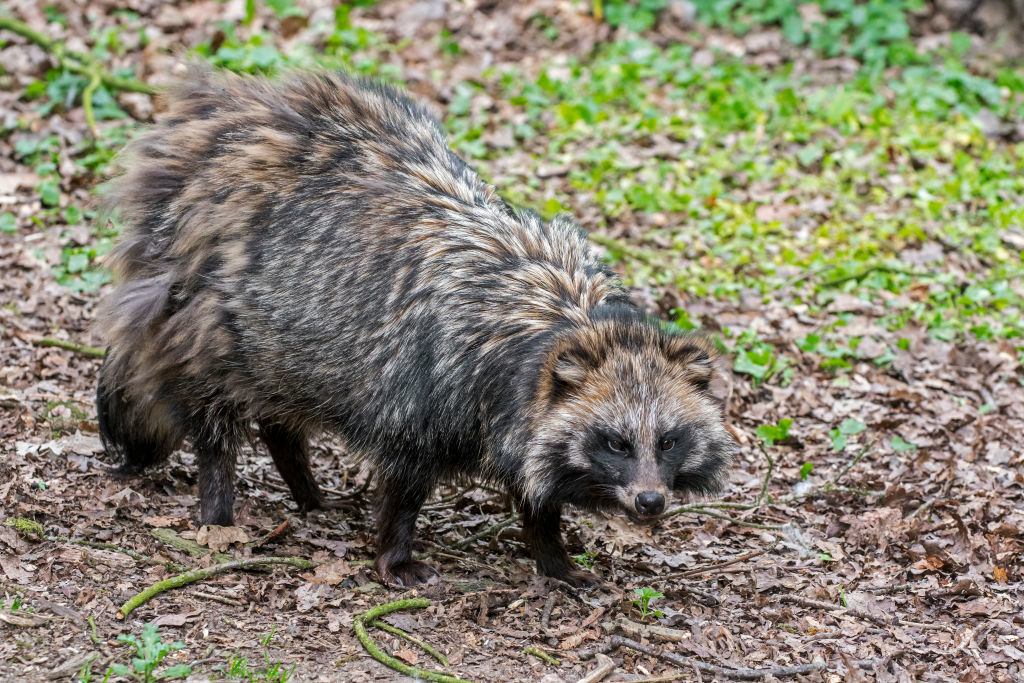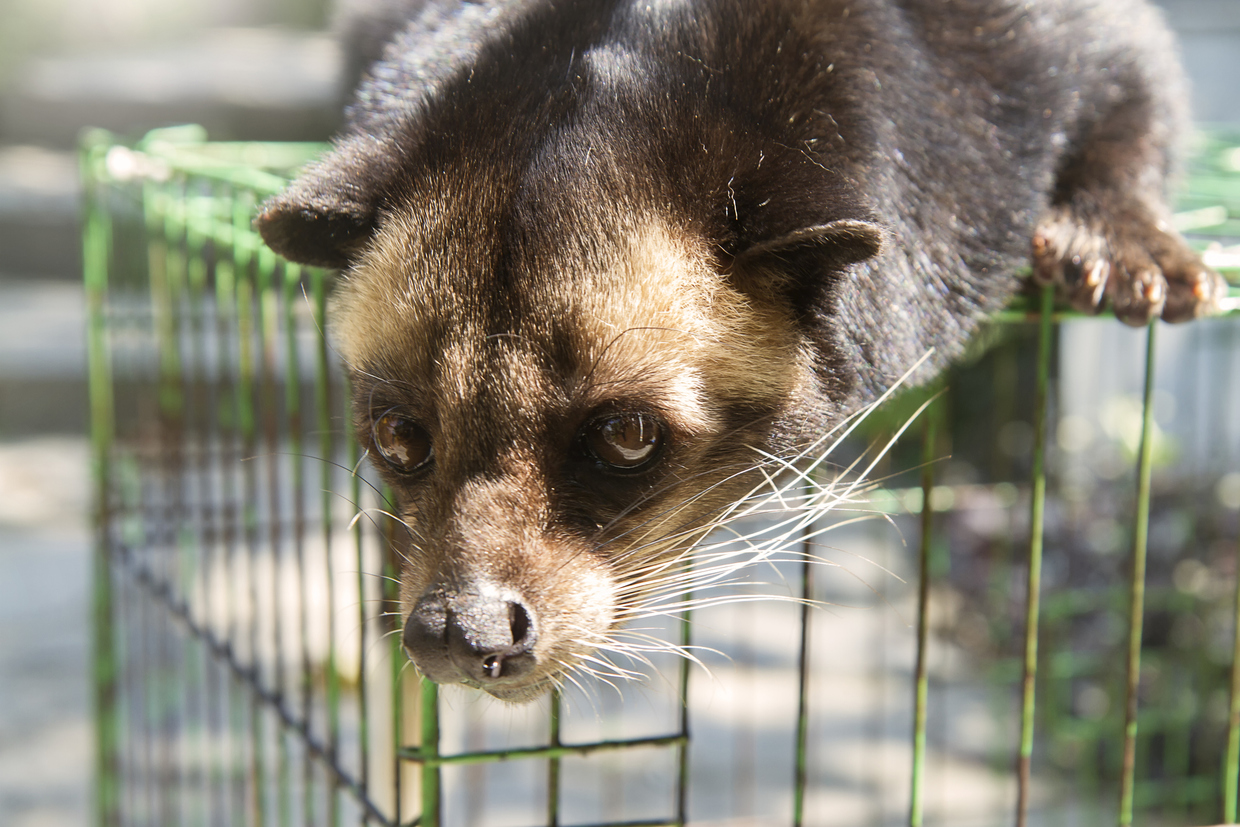New study claims to pinpoint Covid-19 source

The global coronavirus pandemic “most likely” originated from an exotic wildlife corner at a market in the Chinese city of Wuhan, new research has suggested. The Covid-19 outbreak was first detected at the Huanan Seafood Wholesale Market in December 2019.
According to the authors of a paper published on Thursday in Cell, an American peer-reviewed scientific journal, animals that are “plausible intermediate hosts” of SARS-CoV-2, the virus that causes Covid-19, were present at the exact site within the market that first cases of the disease were linked to.
The research focused on samples collected by Chinese scientists in January 2020 from drains, cages, and the floor in the southwest corner of the market, where wild animals were known to be sold from a handful of stalls.
Among the species whose DNA was discovered were raccoon dog, masked palm civet, hoary bamboo rat, Amur hedgehog, Malayan porcupine, greater hog badger, and the Himalayan marmot.

Raccoon dogs are known to be susceptible to Covid-19 infections and to be able to transmit the virus, the authors noted.

“Extensive epidemiological evidence supports wildlife trade at the Huanan market as the most likely conduit for the COVID-19 pandemic’s origin,” the report stated.
According to the authors, animals infected with SARS-CoV-2 may have been brought into the market and the virus then jumped to humans, in what’s known as a spillover event.
“The most likely origin of this pandemic is what we’ve always been concerned about in this field, which is taking these sorts of wild animals that harbor exotic viruses and placing them in the middle of the tinderbox of a big city,” co-author Michael Worobey, who is head of the Department of Ecology and Evolutionary Biology at the University of Arizona, told NPR News.
Critics of the paper have pointed out, however, that the swabs were not representative as they were taken from a specific section of the market.
After being first detected in China in December 2019, the SARS-CoV-2 virus spread rapidly around the world, leading the World Health Organization (WHO) to characterize the Covid-19 outbreak as a pandemic on 11 March 2020.
More than 7 million people have died from the coronavirus disease globally so far, according to the WHO.












